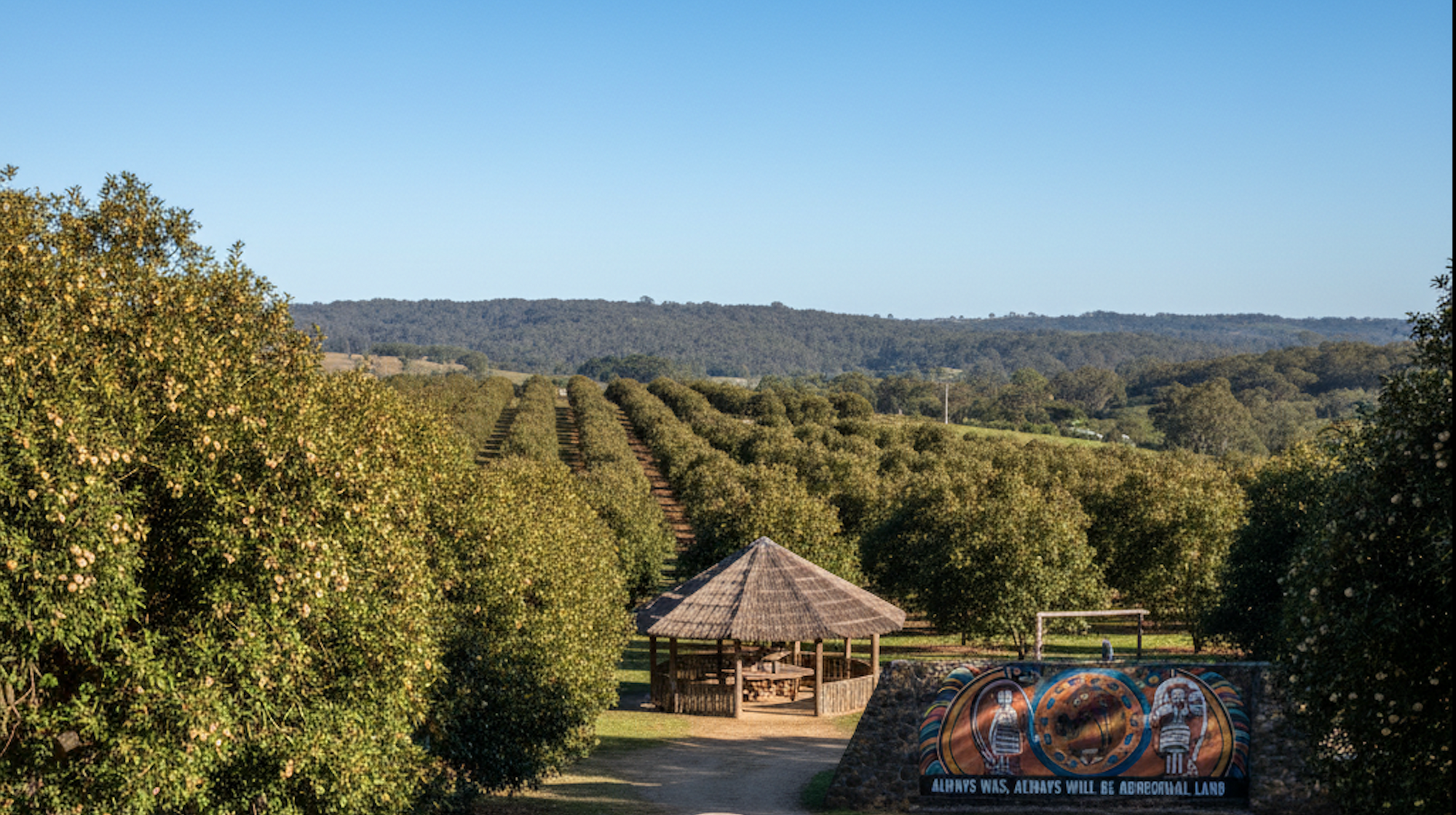We're passionate about First Nations farming. We work with communities to create as many opportunities as possible for First Peoples to practice their cultures. Particularly the practices related to caring for Country and cultivating food. It might be called agroecology or regenerative agriculture, at its heart, its about living (and eating) in balance with nature.
Our new project (Orchard Resilience) is focused on perennial horticulture. We wanted to take a minute to explain what that means.
Perennial horticulture is a method of growing plants that live for more than two years. This beautifully aligns with practices that have nourished communities since time immemorial right here in Australia.
In mainstream agriculture, we often see annual crops — plants that complete their life cycle in one growing season and need to be replanted each year. Think wheat, canola, or most garden vegetables. While valuable, this approach can be resource-intensive, requiring annual tilling, planting, and sometimes leading to soil degradation.
Perennial horticulture, on the other hand, focuses on long-lived plants: fruit trees like Rainforest (Davidson) plums, nut trees like Macadamia Trees and Bunya pines, berry bushes like Midyim berries, and many other native Australian plants. These plants establish deep root systems, which help stabilise soil, prevent erosion, and enhance water retention. They also create thriving ecosystems, supporting beneficial insects and soil microbes. Once established, they require less intervention, allowing nature to do much of the work.
This isn't a new concept. For thousands of years, Aboriginal and Torres Strait Islander communities across Australia have cultivated and managed perennial food systems. They understood the long-term benefits of working with the land, not against it. Imagine vast patches of Murnong (yam daisy) carefully tended for generations, groves of Quandong trees providing consistent harvests, or sophisticated forest gardens integrating a diversity of edible and medicinal perennials.
We're super excited to see what comes of our Orchard Resilience Project.


